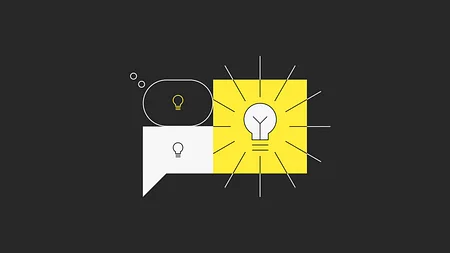The future of Black banking in the US

A Black-owned bank is defined as one in which at least 50% of voting shares are owned by African-Americans. They’re a dwindling force in the States today.
With the need for these Black-focused institutions higher than ever, let’s take a look at how we got here and what the future might hold.
African-American financial exclusion
Financial inclusion has eluded huge sections of society for hundreds of years. The story of Black US financial agency is one long and painful example. In 1865, the Black community greeted the opening of the Freedman’s Savings and Trust Company with open arms. Slavery had just been abolished after nearly 250 years. A better future was on the horizon. But hopes of financial independence were dashed after the bank went bust in 1874. Half of the depositors reclaimed 60% of the value of their accounts. The rest lost everything and trust was damaged forever. At its peak, the bank held around $75 million in deposits - roughly $1.5bn today.
In 1921, a violent white mob destroyed the Greenwood district of Tulsa, Oklahoma - known as ‘Black Wall Street’. Hundreds were killed and thousands more made homeless as the community burned to the ground. And it laid the groundwork for similar attacks in the years that followed.
Martin Luther King Jr. was a big believer in Black financial independence. On 3rd April 1968, he urged African-Americans in Memphis, Tennessee to move their money into the Black-owned Tri-State bank. Sadly, he was assassinated one day later.
The truth is that Black Americans have always been on unequal financial footing. Throughout history, they’ve been marginalised and forced to live with restricted access to capital. The picture today is pretty grim. The number of Black-owned banks in the States has fallen from 50 in 1976 to just 18 in 2021. There are fewer Black homeowners now than in 1960 and the median income of African-American families is projected to fall to $0 by 2053. Black-owned financial institutions have never been more important than they are today.
The truth is that Black Americans have always been on unequal financial footing.
So where are we?
The 20 Black-owned and led banks in the US collectively hold around $5bn in assets. But African-American economic impact is $1.3tn per annum. Frankly, it’s an appalling discrepancy. Named in reference to the Tulsa race riot, Greenwood is a Black-owned neobank on a mission to right this wrong. From October 2020 to March 2021, 500,000 customers signed up. In March, it raised $40 million in a funding round led by Truist Financial Corp. with backing from Bank of America Corp., JPMorgan Chase & Co., Wells Fargo & Co., PNC Financial Services Group Inc., Mastercard Inc. and Visa Inc. Greenwood has the star power of rapper Killer Mike, former Atlanta Mayor Andrew Young and BounceTV Network Founder Ryan Glover in its corner. And its product is not to be sniffed at. Offering simple retail and business banking, its website uses great UI design and copywriting to reach the intended customer.
Greenwood’s aim to bring dollars back into the Black community has struck a real chord. Asked how it felt to be backed by so many big banks, Mike said: “I believe that these banks, like any other business in a capitalistic society, know that if this community is banked fairly by us, and if we have people now guiding us for how to get through these communities, that we’re going to be able to rebuild our relationship”. Time will tell but one thing is for sure - Greenwood is building a community at a staggering rate.
Greenwood’s aim to bring dollars back into the Black community has struck a real chord.
First Boulevard is another bank looking to improve financial inclusion in the Black community. Founded by serial entrepreneurs Donald Hawkins and Asya Bradley, they raised $5 million in funding last year. The neobank offers fee-free debit cards, financial education, a Black business marketplace which gives its members cashback for buying Black, and technology to help members automate their saving and wealth building goals. According to Bradley, First Boulevard “was catalysed by the murder of George Floyd” in May 2020. As a digital-only bank, Bradley and Hawkins hope to reach a wider customer base and improve financial inclusion in the community. And the founders’ banking chops could be the difference between success and failure.
As a digital-only bank, Bradley and Hawkins hope to reach a wider customer base and improve financial inclusion in the community.
Looking ahead to the future
George Floyd’s murder forced the financial services industry to face up to its racial history. Bank of America announced a $1 billion scheme to ‘strengthen economic opportunities in communities of color’. PayPal set aside $530 million to support Black-owned and minority-owned businesses and bolstered its internal diversity and inclusion practices.
The market opportunity in this space is huge. As is the need to cater to this demographic. Financial institutions made by and for African-Americans have a great chance to address this plight. Banks like Greenwood, First Boulevard, CapWay and MoCaFi don’t have the same baggage as big incumbents. Rather than trying to appeal to everyone, they’ve been built with a community firmly in mind. Mobile apps are a great way to boost financial education and access. In short, they have the potential to overcome trust issues that have pervaded the Black community for decades. Here’s hoping they can make good on their massive promise and pave the way for a brighter future.



